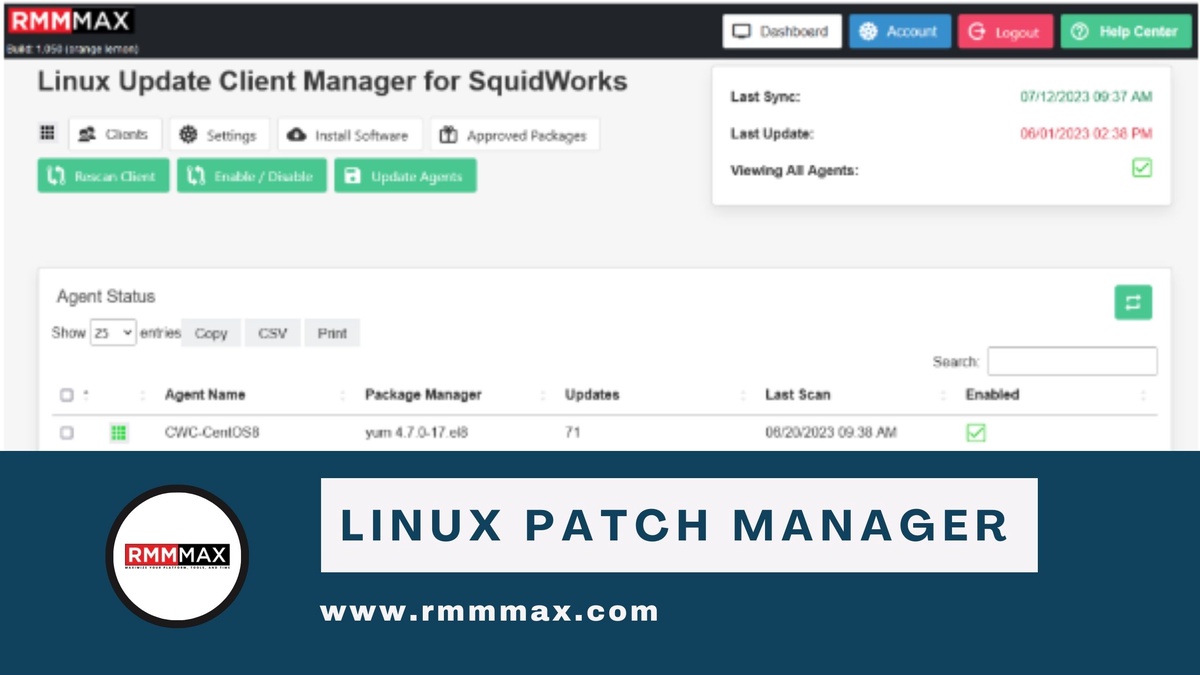In the ever-evolving landscape of open-source operating systems, Linux stands as a beacon of innovation and community collaboration. One integral aspect of maintaining a robust Linux environment is effective patch management. In this blog post, we delve into the world of Linux patch manager, exploring their significance, features, and how they contribute to system security and performance.
Understanding The Essence Of Linux Patch Management
Patch management is the process of systematically updating and applying changes, or "patches," to software systems. In the Linux ecosystem, where continuous improvement and security are paramount, effective patch management becomes a critical component. It involves keeping the system up-to-date with the latest security fixes, feature enhancements, and bug fixes to ensure optimal functionality.
The Role Of Linux Patch Managers
Streamlining Updates
Linux patch managers play a pivotal role in streamlining the update process. They automate the retrieval, testing, and application of patches, saving administrators valuable time and reducing the risk of human error. This proactive approach enhances system security and stability.
Version Control And Rollback Capabilities
Patch managers provide version control mechanisms, allowing administrators to track changes made to the system. In case an issue arises after applying a patch, the rollback capabilities of these tools enable administrators to revert to a previous state, mitigating potential disruptions.
Key Features Of Linux Patch Managers
Automated Patching
One of the standout features of Linux patch managers is their ability to automate the patching process. This not only accelerates the deployment of critical updates but also ensures that systems are consistently kept in a secure and updated state.
Centralized Management
Linux patch managers often offer centralized management interfaces, allowing administrators to oversee the entire patching lifecycle from a single dashboard. This centralization simplifies the management of diverse Linux distributions within an environment, fostering efficiency and uniformity.
Reporting And Compliance
Patch managers assist in generating comprehensive reports on the patching status of systems. This feature proves invaluable for compliance audits and ensures that organizations adhere to security standards and regulations.
Best Practices For Linux Patch Management
Regularly Scheduled Patching
Establishing a regular patching schedule is essential for maintaining system security and stability. Administrators should prioritize critical security updates while considering the impact on system performance.
Testing In Staging Environments
Before deploying patches to production systems, it is crucial to test them in staging environments to identify and address potential compatibility issues. This practice minimizes the risk of unexpected disruptions in live environments.
Conclusion
In the dynamic realm of Linux systems, effective patch management emerges as a linchpin for ensuring security, stability, and compliance. With the aid of a sophisticated Linux patch manager, administrators can navigate the intricate landscape of updates with ease. By embracing automation, centralization, and best practices, organizations can fortify their Linux environments against emerging threats and embrace the full potential of open-source innovation.


No comments yet